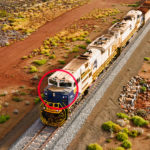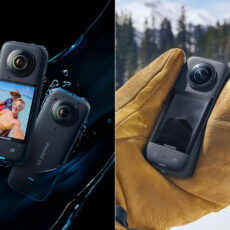
Aside from working on their liquid lens telescope, NASA has also been researching the effects artificial gravity could have on astronauts during long space missions. For this experiment, NASA and Universities Space Research Association researchers used fruit flies since 75% of the genes that cause disease in humans are also shared by them.
That is why a batch of fruit flies were sent into space for three weeks, which is equivalent to about 30-years of a human’s life. The data collected gave scientists more biological information in a shorter time span using a newly developed piece of hardware called the Multi-use Variable-gravity Platform (MVP), capable of housing flies at different gravity levels. Once they returned to Earth aboard a SpaceX Dragon capsule, they were brought back to Ames for further analysis. They found that artificial gravity can provide temporary relief to the difficulties that microgravity wreaks on the nervous system of a fruit fly.
- Challenge your construction skills with this LEGO Ideas ISS (21321) display model, featuring 2 rotating joints with 8 adjustable ‘solar panels’,...
- This ISS model comes with a stand, 2 astronaut microfigures, a brick-built mini NASA space shuttle and 3 mini cargo spacecrafts to create a...
- Includes a 148-page booklet featuring fascinating facts about the International Space Station, the spaceship model’s fan creator and LEGO designer,...
With the upcoming long-duration deep space missions, where astronauts will be exposed to varying levels of gravity, it is imperative that we understand the impacts of altered gravity on the neurological function. If we can use artificial gravity to delay space-related deficits, maybe we can extend the future mission timelines. And flies in space, alongside the astronauts, will help to further our efforts in keeping astronauts healthy,” said Dr. Siddhita Mhatre, a KBR Wyle senior scientist at Ames and a co-author of the published paper.







